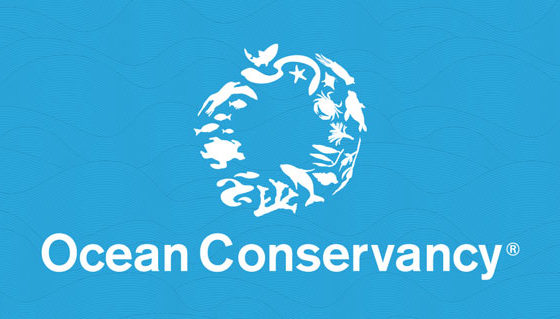6 Sea Turtles You Need to Meet
Published by Ocean Conservancy Did you know that six of the seven species of sea turtles live in the ocean off the United States? Sea turtles are reptiles, but unlike land turtles, they can’t pull their head and flippers inside to protect themselves. Sea turtles have streamlined bodies and large flippers—which make them well-adapted to life […]











